Shoulder muscles
Table of Contents
Introduction
The shoulder joint is a complex joint that involves several muscles working together to provide stability and mobility.
The shoulder has about eight muscles that connected to the scapula, humerus, and clavicle. These muscles create the outside shape of the shoulder and under the arm. The muscles in the shoulder contribute to a vast range of movement and are useful in the protection and maintenance of the main shoulder joint, which is also called the glenohumeral joint.
Muscles of the shoulder complex
The major muscles involved in shoulder movement include the deltoid, rotator cuff muscles, trapezius, rhomboids, latissimus dorsi, pectoralis major, and biceps brachii. The deltoid covers the shoulder and assists in raising the arm in different directions. The rotator cuff muscles, including the supraspinatus, infraspinatus, teres minor, and subscapularis, stabilize the joint and aid in rotating and lifting the arm.
The shoulder complex is made up of several muscles that originate from different parts of the body and insert into various points around the shoulder joint. Here is a detailed explanation of the origin and insertion of some of the major shoulder muscles:
- Deltoid muscle: The deltoid muscle rises from the lateral third of the clavicle, acromion process, and spine of the scapula. Its fibers create a tendon that inserts into the deltoid tuberosity of the humerus.
- Rotator cuff muscles:
- The supraspinatus muscle arises from the supraspinous fossa of the scapula and gets inserted into the greater tubercle of the humerus.
- The infraspinatus muscle originates from the infraspinous fossa of the scapula and inserts into the greater tubercle of the humerus.
- The teres minor muscle gets derived from the lateral edge of the scapula and gets attached to the greater tubercle of the humerus.
- The subscapularis muscle originates from the subscapular fossa of the scapula and inserts into the lesser tubercle of the humerus.
- Trapezius muscle: The upper part of the trapezius muscle gets originated from the external occipital protuberance, nuchal ligament, and spinous processes of the C7-T12 vertebrae. It gets inserted into the lateral third of the clavicle and acromion process. The middle part of the trapezius muscle originates from the spinous processes of T1-T5 vertebrae and inserts into the acromion process. The lower part of the trapezius muscle originates from the spinous processes of T6-T12 vertebrae and inserts into the medial border of the scapula.
- Serratus anterior muscle: The serratus anterior muscle arises from the upper eight or nine ribs and attaches to the medial edge of the scapula.
- Pectoralis major muscle: The clavicular part of the pectoralis major muscle originates from the medial half of the clavicle and inserts into the intertubercular groove of the humerus. The sternal part of the pectoralis major muscle originates from the sternum, costal cartilages of the first six ribs, and aponeurosis of the external oblique muscle. It also inserts into the intertubercular groove of the humerus.
- Latissimus dorsi muscle: The latissimus dorsi muscle originates from the spinous processes of T7-L5 vertebrae, iliac crest, and thoracolumbar fascia. It attaches to the surface of the intertubercular groove of the humerus bone.
- Biceps brachii muscle: The long head of the biceps brachii muscle originates from the supraglenoid tubercle of the scapula and inserts into the radial tuberosity. The short head of the biceps brachii muscle gets derived from the coracoid process of the scapula and is also inserted at the radial tuberosity.
Understanding the origin and insertion of each muscle is important for understanding their actions and designing effective exercise programs for strengthening and rehabilitating the shoulder complex.
Nerve supply to shoulder muscles
The nerve supply to the shoulder muscles originates from several nerves that arise from the brachial plexus, a network of nerves that originate from the spinal cord in the neck and upper back.
The deltoid muscle is innervated by the axillary nerve, which arises from the brachial plexus and travels through the shoulder region to supply the deltoid muscle.
The rotator cuff muscles are innervated by different nerves depending on their location and function. The supraspinatus muscle is innervated by the suprascapular nerve, which comes from the upper trunk of the brachial plexus. The infraspinatus and teres minor muscles are innervated by the axillary nerve, while the subscapularis muscle is innervated by the upper and lower subscapular nerves, both of which arise from the brachial plexus.
The trapezius muscle is innervated by the spinal accessory nerve, which arises from the spinal cord in the neck and travels through the shoulder region to supply the trapezius muscle.
The serratus anterior muscle is innervated by the long thoracic nerve, which arises from the brachial plexus and travels along the chest wall to supply the serratus anterior muscle.
The pectoralis major muscle is innervated by the medial and lateral pectoral nerves, both of which arise from the brachial plexus. The latissimus dorsi muscle is innervated by the thoracodorsal nerve, which also arises from the brachial plexus. The biceps brachii muscle is innervated by the musculocutaneous nerve, which arises from the lateral cord of the brachial plexus.
In summary, the shoulder muscles are supplied by different nerves that arise from the brachial plexus and travel through the shoulder region to supply the various muscles. Understanding the nerve supply to the shoulder muscles is important for diagnosing and treating nerve injuries or disorders that can affect shoulder function.
Shoulder muscle action
The shoulder muscles are responsible for a wide range of movements and actions, including abduction, adduction, flexion, extension, rotation, and stabilization of the shoulder joint. Here is a detailed explanation of the actions of some of the major shoulder muscles:
- Deltoid muscle: The deltoid muscle is a large, triangular muscle that covers the shoulder joint. This muscle is divided into three parts: anterior, middle, and posterior. The anterior part of the deltoid muscle helps to flex and internally rotate the arm, while the middle part helps to abduct the arm and the posterior part helps to extend and externally rotate the arm.
- Rotator cuff muscles: The rotator cuff muscles are a group of four muscles that attach to the scapula and help to stabilize the shoulder joint. The supraspinatus muscle helps to initiate abduction of the arm, while the infraspinatus and teres minor muscles help to externally rotate the arm. The subscapularis muscle is useful for internally rotating the arm.
- Trapezius muscle: The trapezius muscle is a large, diamond-shaped muscle that extends from the base of the skull to the middle of the back. his muscle is divided into three parts: upper, middle, and lower. The upper part of the trapezius muscle helps to elevate and upwardly rotate the scapula, while the middle part helps to retract the scapula. The lower part of the trapezius muscle helps to depress and upwardly rotate the scapula.
- Serratus anterior muscle: The serratus anterior muscle is a fan-shaped muscle that originates from the upper eight or nine ribs and inserts into the medial border of the scapula. It helps to protract and upwardly rotate the scapula, which is important for overhead movements.
- Pectoralis major muscle: The pectoralis major muscle is a large, fan-shaped muscle that covers the upper part of the chest. It has two parts: clavicular and sternal. The clavicular part helps to flex and horizontally adduct the arm, while the sternal part helps to extend and horizontally adduct the arm.
- Latissimus dorsi muscle: The latissimus dorsi muscle is a large, flat muscle that covers the lower part of the back. It helps to extend, adduct, and internally rotate the arm.
- Biceps brachii muscle: The biceps brachii muscle is a two-headed muscle that originates from the scapula and humerus and inserts into the radius bone in the forearm. It helps to flex and supinate the forearm, which is important for activities such as lifting and carrying objects.
Overall, the shoulder muscles work together to provide stability and mobility to the shoulder joint. that allows us to perform a wide range of movements and actions. Understanding the actions of each muscle is important for designing effective exercise programs and treating shoulder injuries and disorders.
Conditions that affect shoulder muscles
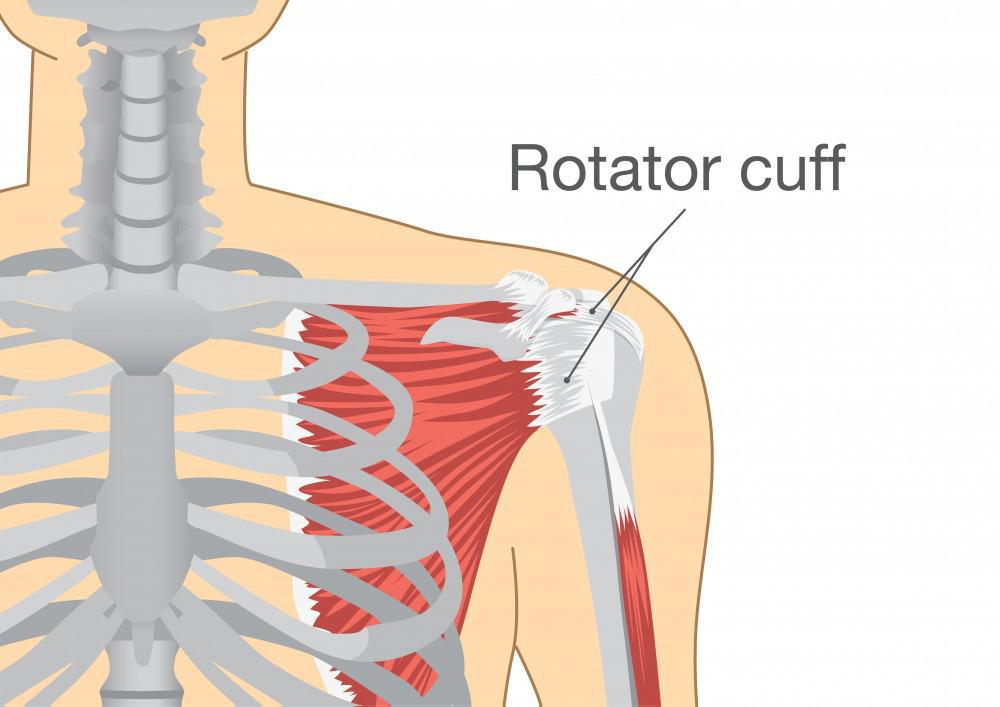
Rotator cuff tear: A rotator cuff tear happen when one or more of these tendons become pulled apart. This can happen due to overuse, injury, or degeneration over time. Symptoms of a rotator cuff tear involve pain, weakness, and limited range of motion in the shoulder.
Frozen shoulder: Frozen shoulder, also called adhesive capsulitis. It is a condition that causes stiffness and pain in the shoulder joint. It occurs when the capsule surrounding the shoulder joint becomes thickened and tight, making it difficult to move the shoulder. This can happen due to injury, surgery, or certain medical conditions such as diabetes. Symptoms of a frozen shoulder involve pain, stiffness, and limited range of motion in the shoulder.
Shoulder impingement syndrome: Shoulder impingement syndrome occurs when the tendons or bursa in the shoulder become compressed or pinched, causing pain and inflammation. This can happen due to overuse, injury, or degeneration over time. Symptoms of shoulder impingement syndrome involve pain, weakness, and limited range of motion in the shoulder.
Bursitis: Bursitis is an inflammation of the bursa in the shoulder joint. The bursa is a small fluid-filled sac that helps to cushion and protect the joint. Bursitis can occur due to overuse, injury, or infection. Symptoms of bursitis involve pain, swelling, and stiffness in the shoulder.
Tendinitis: Tendinitis is a condition that causes inflammation of the tendons in the shoulder. The tendons are the fibrous tissues that connect muscles to bones. Tendinitis can occur due to overuse, injury, or degeneration over time. Symptoms of tendinitis include pain, swelling, and limited range of motion in the shoulder.
In summary, there are several medical conditions that can affect shoulder muscles, including rotator cuff tear, frozen shoulder, shoulder impingement syndrome, bursitis, and tendinitis. These conditions can cause pain, stiffness, and limited range of motion in the shoulder, and it is important to seek medical attention if you are experiencing any symptoms related to these conditions.
Strengthening of shoulder muscle
To strengthen the shoulder muscles, there are several exercises that can be done. These exercises target different areas of the shoulder, including the rotator cuff, deltoids, and trapezius muscles.
- Shoulder Pressing: This exercise focuses on the deltoid muscles. initiate it by standing with your feet shoulder-width away and holding a dumbbell in each hand at shoulder height. Press the dumbbells up overhead, then slowly lower them back down to shoulder height.
- Lateral Raises: This exercise targets the deltoid muscles. initiate it by standing with your feet shoulder-width away and holding a dumbbell in each hand at your sides. Raise your arms out to the sides until they are parallel with the ground, then slowly lower them back down to your sides.
- Front Raises: This exercise targets the front deltoid muscles. initiate by standing with your feet shoulder-width away and holding a dumbbell in each hand at your sides. Raise your arms straight out in front of you until they are parallel with the ground, then slowly lower them back down to your sides.
- External Rotation: This exercise focuses on the rotator cuff muscles. Start by lying on your side with your affected arm bent at a 90-degree angle and a towel roll under your elbow. Hold a lightweight in your hand and rotate your arm outward, then slowly lower it back down.
- Internal Rotation: This exercise also targets the rotator cuff muscles. Start by lying on your side with your affected arm bent at a 90-degree angle and a towel roll under your elbow. Hold a lightweight in your hand and rotate your arm inward, then slowly lower it back down.
It is very important to initiate with light weights and gradually raise the weight as you get stronger. It is also necessary to take proper form throughout each exercise to prevent any risk of injury. Consult with a healthcare professional or certified trainer before beginning any new exercise program.
Summary:
Understanding the role of these shoulder muscles is important for maintaining shoulder health, preventing injuries, and optimizing performance in activities involving the upper body. By strengthening and maintaining proper balance among these muscles, individuals can enhance shoulder stability, range of motion, and overall function.
FAQ
The main muscles of the shoulder include the deltoid, rotator cuff muscles (supraspinatus, infraspinatus, teres minor, and subscapularis), trapezius, and serratus anterior.
Exercises such as shoulder presses, lateral raises, rows, and external rotations can help to strengthen the shoulder muscles. It is important to use proper form and start with lighter weights before increasing resistance.
Common shoulder injuries include rotator cuff tears, shoulder impingement syndrome, bursitis, and frozen shoulder. It is important to seek medical attention if you experience persistent pain or limited mobility in your shoulder.
To prevent shoulder injuries, it is important to maintain good posture, avoid overuse or repetitive movements, warm up properly before exercise, and use proper form during exercises. Stretching and strengthening exercises can also help to reduce any risk of injuries.

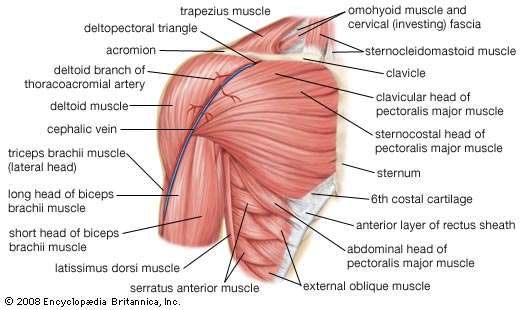
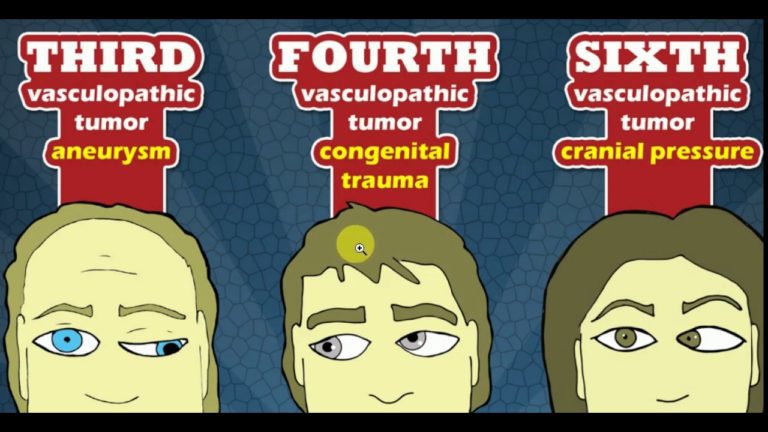
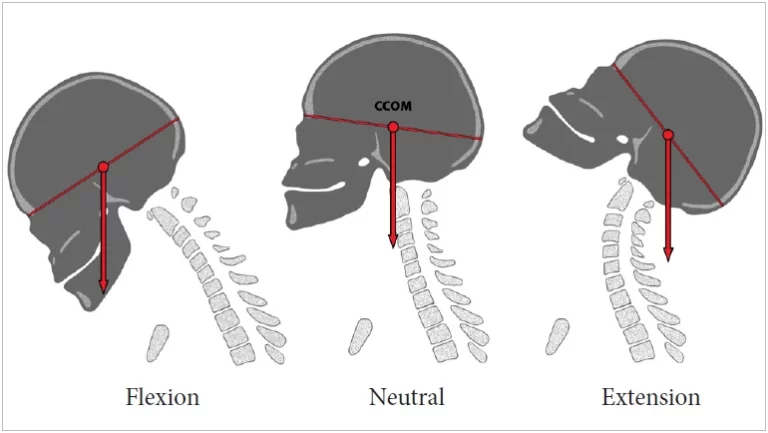
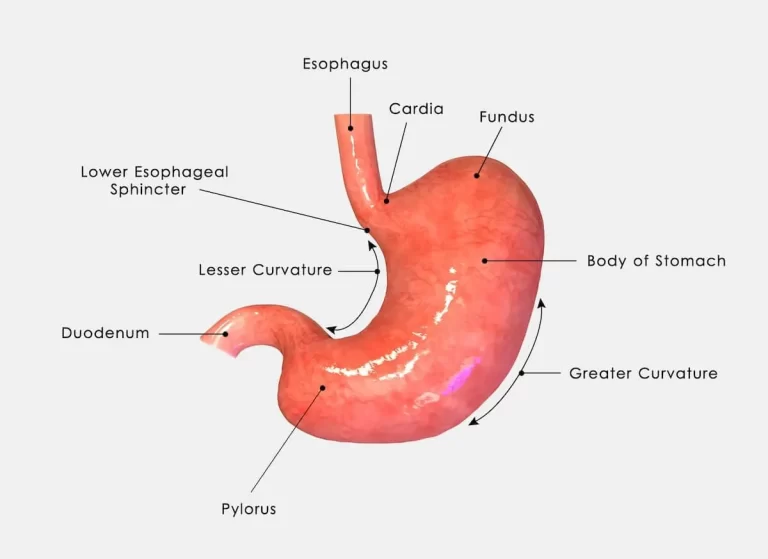
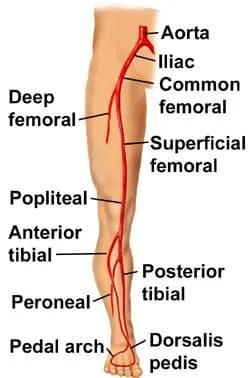
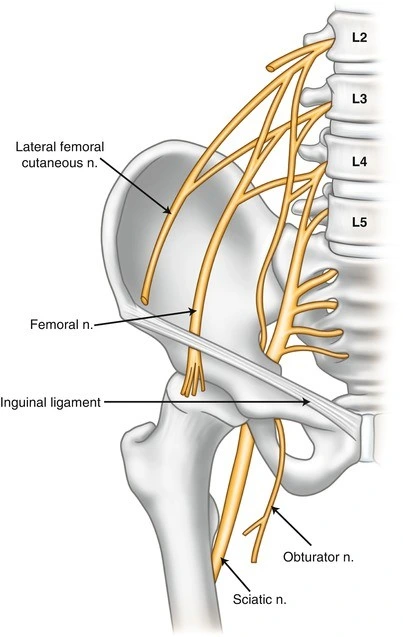

One Comment